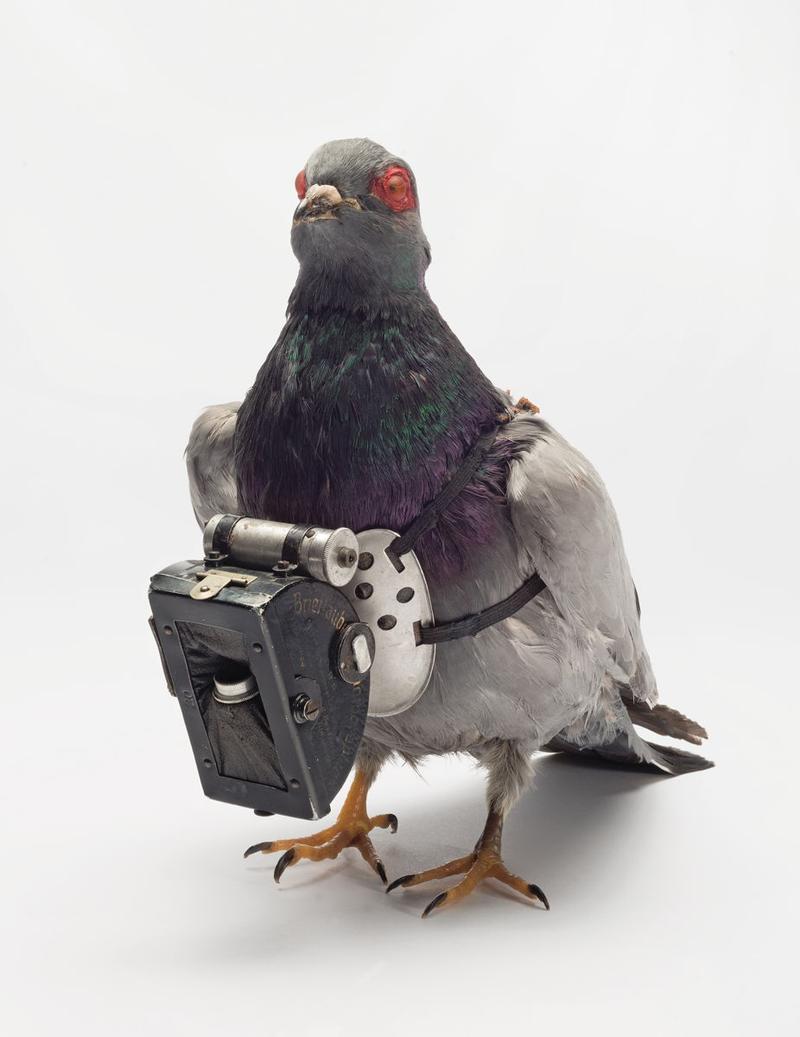The Exhibition Historische Luftfahrt bis 1918 and the Island Collections of the Deutsches Museum
The Deutsches Museum in Munich holds a rich collection of aerial cameras. For the first time since the post-war period, parts of these devices will constitute an independent theme, called Luftbildfotografie, within the museum’s renovated historical aviation section. In this paper, Quagliati analyses the reasons for this curatorial choice while offering insights into the material – and animal – infrastructures necessary to realize aerial views at the beginning of the 20th century. Focusing on specific cameras (photographic rocket, pigeon photography, photographic gun and others), Quagliati also describes the institutionalization of aerial photography as a military discipline in World War I. She explores epistemological implications and public reception of airborne imagery through the material and technological features of aerial cameras as well as the circumstances that brought these devices to the Deutsches Museum.

Appareil photographique pour pigeon Doppel-Sport Panoramic de Julius Neubronner, 1907, 4,4 x 7 x 4 cm (dimensions de l’appareil). Munich, Deutsches Museum.
Noemi Quagliati is an art and visual historian with a focus on landscape iconography. In 2021, she received a Ph.D. from Ludwig Maximilian University of Munich and the Rachel Carson Center for Environment and Society. She is currently working on her first book, titled Militarized Visualities. Photographed Landscape in WWI Germany. Quagliati is a visiting scholar at the Deutsches Museum, where she is helping modernize the historical aviation section by investigating the topic of aerial photography.
Keywords: Deutsches Museum, history of aviation, aerial cameras, early photo-reconnaissance and mapping techniques, museums of science and technology
Citation: Noemi Quagliati, « Histoire des appareils photographiques aériens. L’exposition Historische Luftfahrt bis 1918 et les collections insulaires du Deutsches Museum », Transbordeur. Photographie histoire société, no. 6, 2022, pp. 98-111.